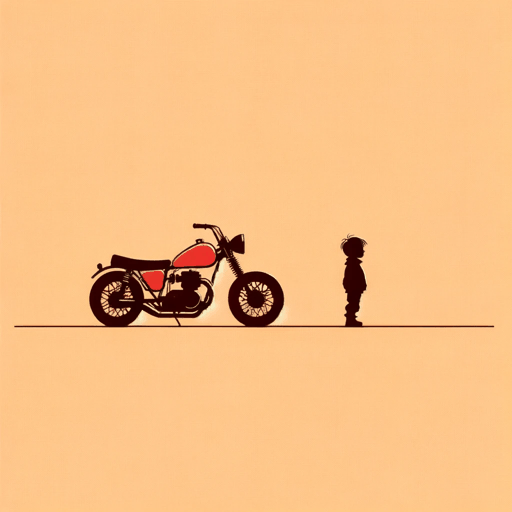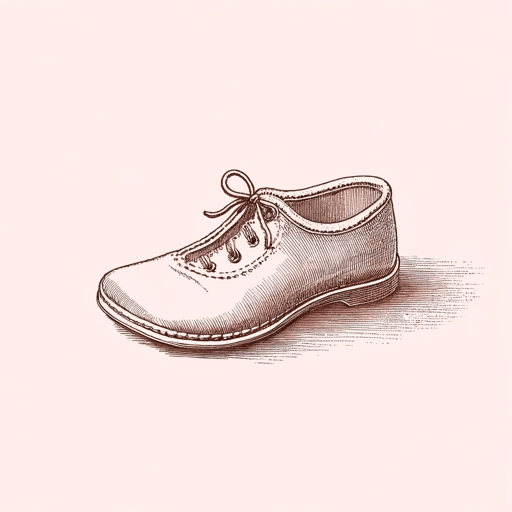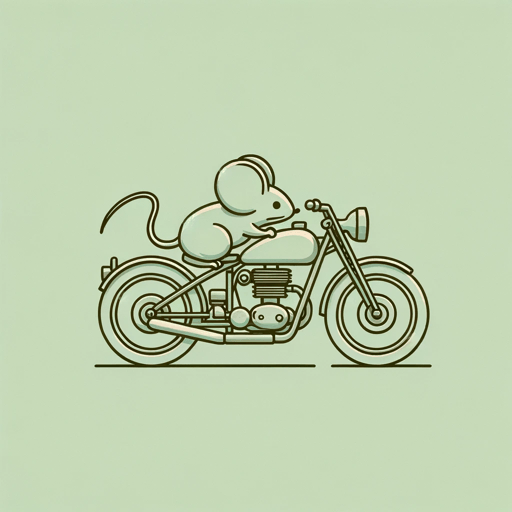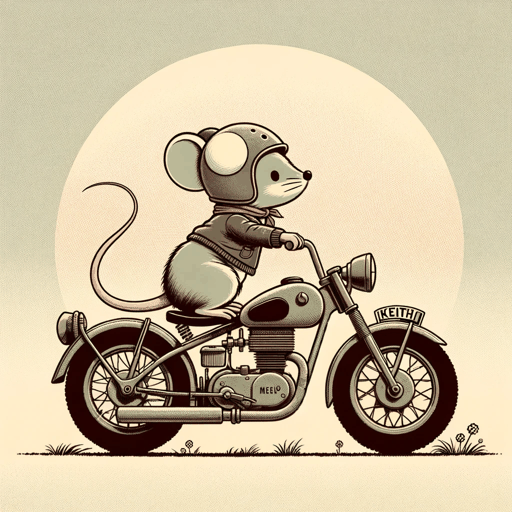35 pages • 1 hour read
Beverly ClearyRamona the Pest
Fiction | Novel | Middle Grade | Published in 1968A modern alternative to SparkNotes and CliffsNotes, SuperSummary offers high-quality Study Guides with detailed chapter summaries and analysis of major themes, characters, and more.
Important Quotes
“‘I am not a pest,’ Ramona Quimby told her big sister Beezus.”
(Chapter 1, Page 1)
This is the first line of Ramona the Pest. It immediately signals to the reader that Ramona Quimby is going to be an unusual little girl. The fact that Ramona refutes that she’s a “pest” also gives the reader important information about Ramona’s character; namely, that she is headstrong, unafraid to make her opinions known, and perhaps not exactly a “pest,” as her sister Beezus would have us believe.
“Nobody but a genuine grown-up was going to take her to school. If she had to, she would make a great big noisy fuss, and when Ramona made a great big noisy fuss, she usually got her own way. Great big noisy fusses were often necessary when a girl was the youngest member of her family and the youngest person on her block.”
(Chapter 1, Page 5)
Ramona refuses to let Mary Jane, a friend of Beezus, walk her to school. The reader is taken through Ramona’s logic: Only a “genuine grown-up” should be allowed to take her to school, since older kids like Mary Jane are inclined to make themselves seem more grown up by treating younger kids like Ramona like a baby—and there is nothing Ramona dislikes more than being treated like a baby. This passage highlights two features of Ramona’s psychology: Her desire to not appear like a baby and why it is occasionally necessary for her to cause a “great noisy fuss.”
“Ramona considered. Kindergarten had not turned out as she had expected. Still, even though she had not been given a present and Miss Binney did not love her, she had liked being with boys and girls her own age.”
(Chapter 1, Page 35)
Related Titles
By Beverly Cleary

Beezus and Ramona
Beverly Cleary

Dear Mr. Henshaw
Beverly Cleary

Henry and the Paper Route
Beverly Cleary

Henry Huggins
Beverly Cleary, Illustr. Tracy Dockray

Ralph S. Mouse
Beverly Cleary

Ramona
Beverly Cleary

Ramona and Her Mother
Beverly Cleary

Ramona Quimby Age 8
Beverly Cleary

Ramona the Brave
Beverly Cleary

Runaway Ralph
Beverly Cleary

The Mouse and the Motorcycle
Beverly Cleary

